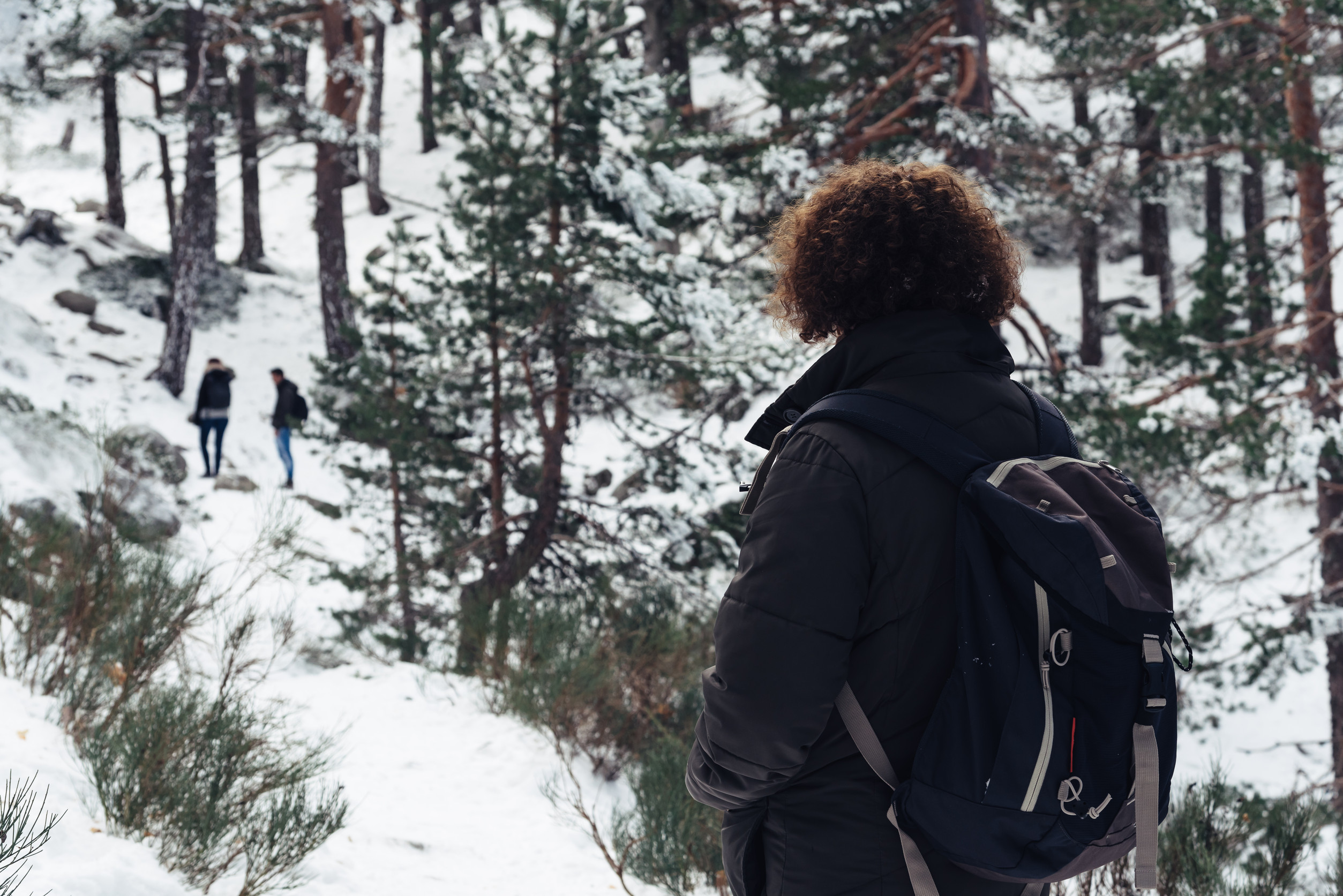Image Credit: jjfarquitectos/123rf.com
Winter hiking offers a serene and contemplative experience for outdoor enthusiasts, inviting them to explore snow-covered landscapes. However, it also presents unique challenges including shorter daylight hours, icy trails, and unpredictable weather. Proper preparation is essential for a safe and rewarding winter hiking experience.
Navigating effectively in winter conditions requires a return to traditional skills. Hikers are advised to carry a waterproof map and a reliable compass, as reliance on smartphones can be problematic in remote areas where signal may be lost or batteries may die in the cold.
Setting realistic hiking goals is crucial. With the added weight of winter gear and the potential for icy paths, even experienced hikers should adjust their plans to ensure safety. Monitoring weather conditions is another key factor; it’s important to check forecasts regularly for changes in wind, precipitation, and temperatures, particularly at higher elevations.
Emergency preparedness is vital. Hikers should save local rescue numbers on their phones and have a clear plan for sharing their itinerary with someone trustworthy. This includes details about the route and expected return time, which can be critical should an emergency arise.
Dress appropriately for winter hikes by layering effectively. Cotton clothing should be avoided as it retains moisture, while synthetic or wool base layers, insulating mid-layers, and waterproof outer shells are recommended. Additionally, sturdy, waterproof boots with good traction are essential for navigating slippery trails.
Choosing hiking companions wisely can enhance safety and enjoyment. A reliable group can foster a supportive environment, especially when facing unexpected challenges on the trail.
Packing essential items is equally important. Hikers should include a first-aid kit, a powerful head torch with spare batteries, extra socks and gloves, a bivvy bag for emergencies, and a flask of a warm beverage. A power bank for charging devices is also advisable, as cold weather can quickly drain batteries.
Finally, winter hiking is about embracing the experience. Taking time to appreciate the tranquility of the snow-covered environment and the unique beauty of nature adds to the adventure. With the right preparation and mindset, winter hiking can lead to unforgettable memories and a deep appreciation of the season’s charm.
Check out the original article here: Source link



